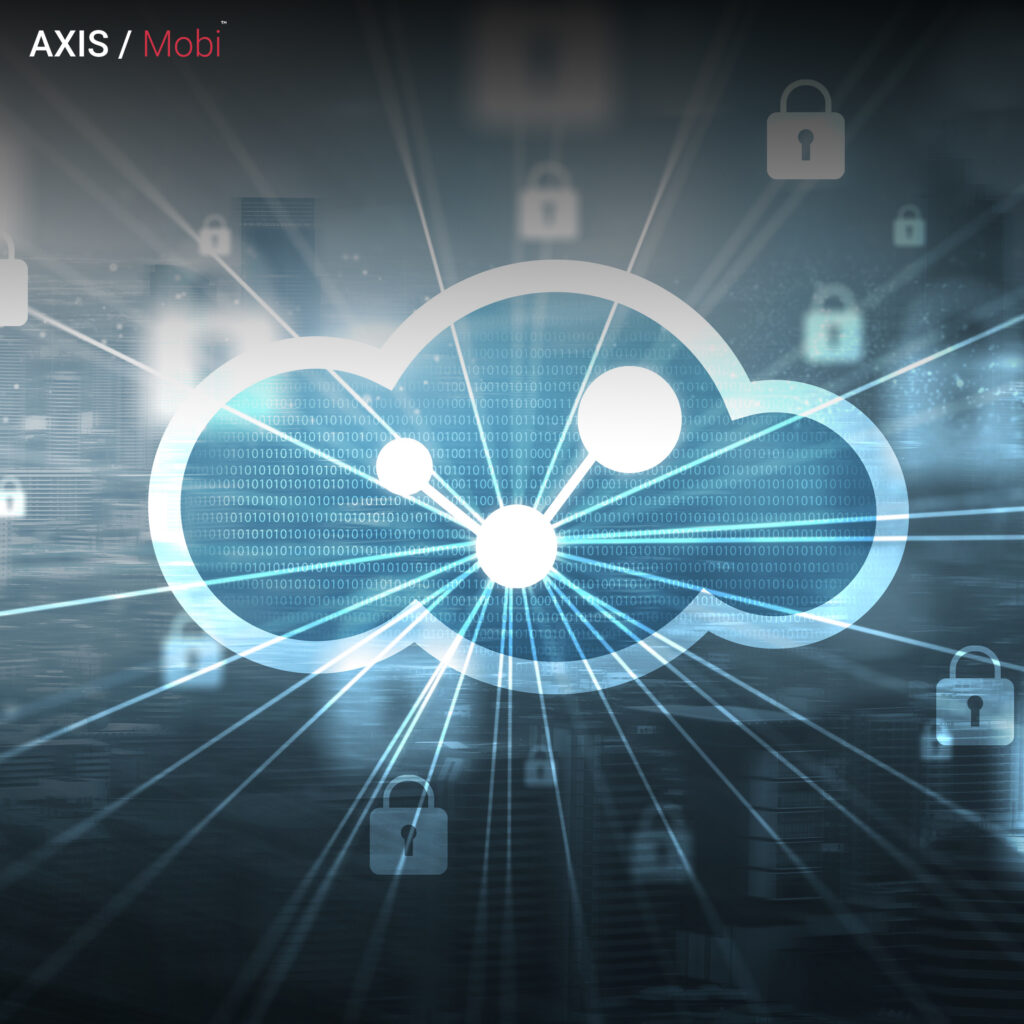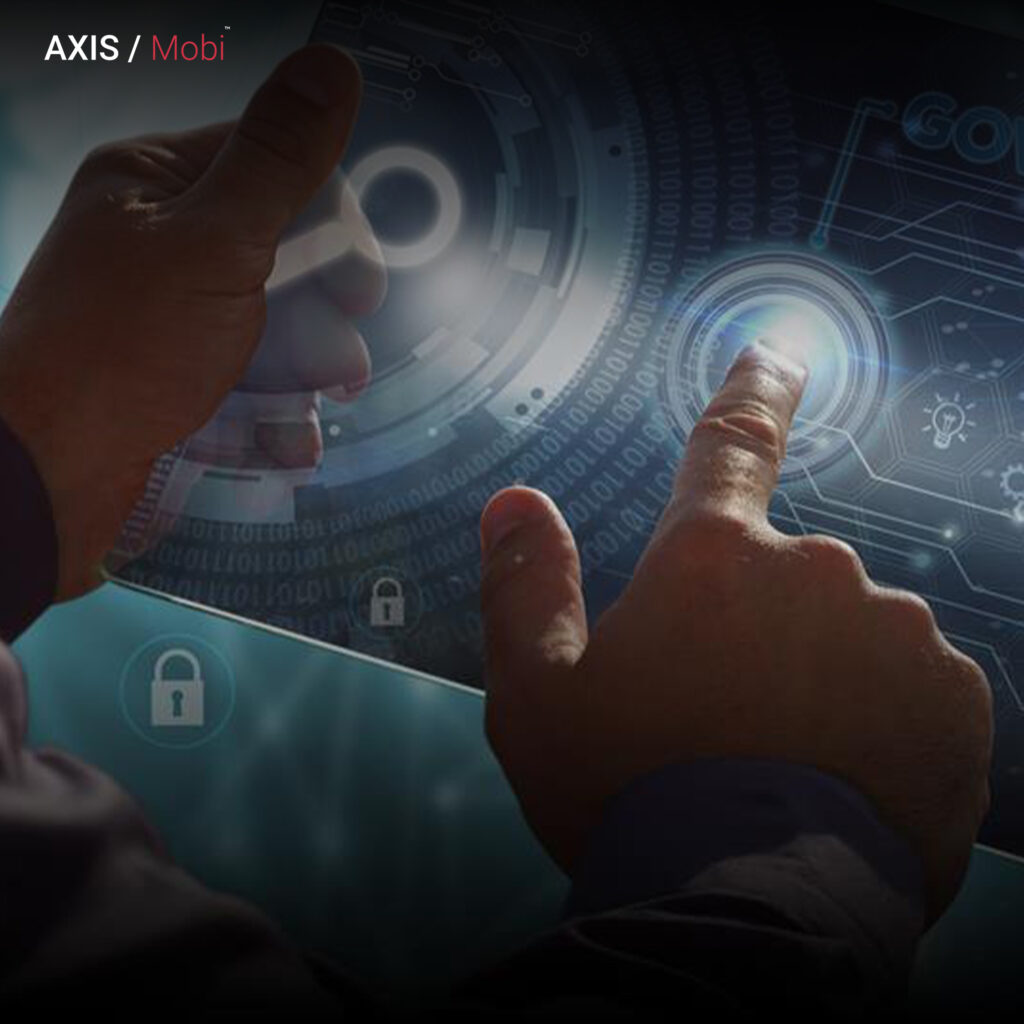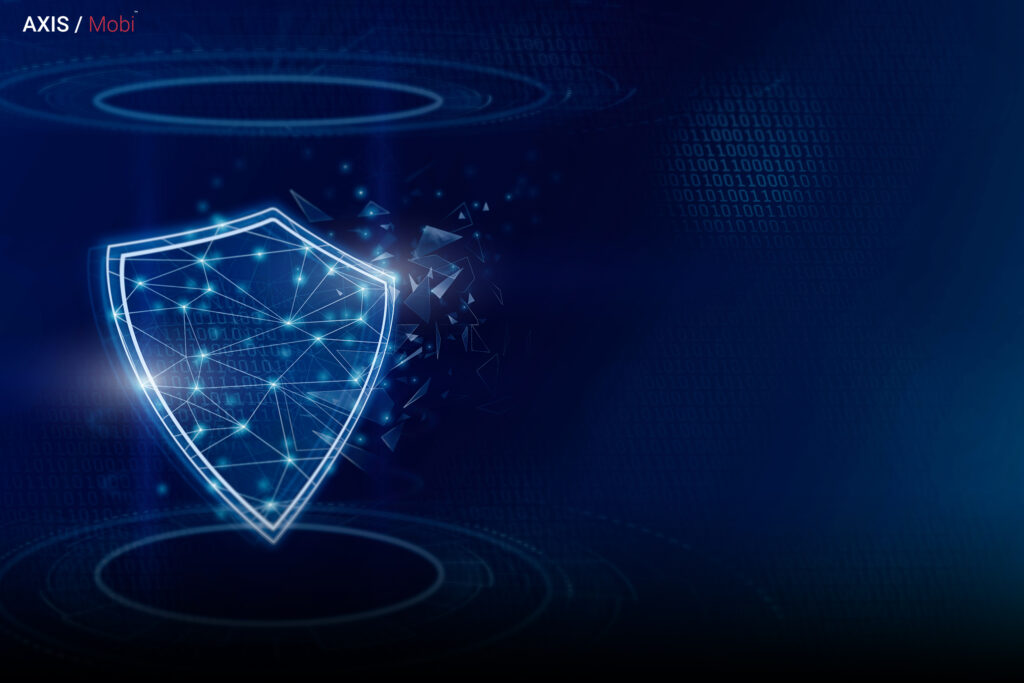Almost all business resources are now away from the previous security perimeters, rendering legacy controllers insufficient to protect them from growing cyber threats.
Companies have evolved into a regionally scattered setting of assets, workers, partners, and customers as remote operations and work-from-home have become the new norm.
In parallel, businesses have grown dependent on intricate and extensive supply chains to operate their product lines or expand their applications. Every Business must ensure reliable, adaptable, and customizable cybersecurity capabilities to succeed with its digital transformation ambitions.
The idea of cybersecurity issues is very crucial in this situation.
What is Cybersecurity Mesh:

That manner may not accurately describe a cybersecurity mesh, but it is specifically related to the idea of an “identification control plane.” The goal is to abandon the previous perimeter-centric approach to system and infrastructure safety in favour of a dispersing one.
As an alternative, the security system centres on the identities of individuals and entities, enforcing smaller, more precise boundaries surrounding each waypoint.
The goal is to ensure that each entry point’s security may be fully controlled from a centralist point of power. The cybersecurity mesh works in this mode to centralize security procedures while guaranteeing that implementation is more scattered – a sturdy, adaptive, and modular approach crucial for enterprises operating globally in an industry and risk environment continuously changing.
A foundational component of a Zero Trust protection plan is enhanced by cybersecurity mesh, which ensures that all data, services, applications, and materials may be accessed safely regardless of who owned them—whether by human or machine. Unless verified, every link used to get the information is recognized as unreliable.
CYBERSECURITY MESH AND CYBER ATTACKS

Unfortunately, the COVID-19 epidemic created many opportunities for sophisticated con artists to prey on helpless, mysteriously isolated workers. Well, lax security measures will allow hackers to continue infecting businesses with ransomware that can lead to data breaches.
It only seems sensible that this year’s cybersecurity spending will rise as businesses invest in protecting their sensitive data and expand their operations overseas.
KEEP AN EYE ON THE UPCOMING PREDICTIONS WHEN DEVELOPING YOUR CYBERSECURITY SKILLS

More attacks on healthcare operations as nations worldwide work to classify COVID-19 vaccinations; nation-state hackers may be able to influence ransomware. Furthermore, as healthcare operations quicken their development to fulfil rising necessities, cloud-based ransomware attacks might also increase.
Over-permission integrity causes intrusions into the cloud since hackers look for weaknesses in the apps’ and foundation’s security measures. As a result, the transfer to the cloud will increase in 2020.
ADVANTAGES OF CYBERSECURITY MESH

1.) Cybersecurity mesh must support more than 50 per cent of IAM requirements.
Most digital assets, distinctiveness, and devices survive outside the organization, undermining conventional protection methods. Compared to traditional safety perimeter security, this mesh approach offers enterprises more diverse, scalable, robust, and dependable access to digital property access points and guidance.
2. Identity verification methods will supplement) Worker identification life cycle.
More reliable registration and recovery solutions are urgently needed with the massive increase in remote synergies, which make it harder to differentiate between attackers and legitimate users.
3.) There will be a reduction in demographic inclination for identity verification.
Advances in identity verification that are substantiate-centric have attracted more business attention. The growth of remote work in 2020 brought to notice the many ways that bias related to racism, respect, and other factors might manifest itself in in-line use cases.
How has cybersecurity mesh aided businesses?

How we breathe and work has changed significantly over the past few years; therefore, continuing Covid has only hastened some trends and customs. Before 2020, many people worked from home, and many businesses had the resources to create a compelling hybrid performance model.
How we handle and assess cybersecurity also needs to evolve and change, like some structural changes to a firm.
2020 posed a significant challenge for this cybersecurity standard with rugged protection borders. It linked security domains as marketing wants and services have changed from conventional methods due to a moving and almost late adjustment in how the best of the realm functioned.




